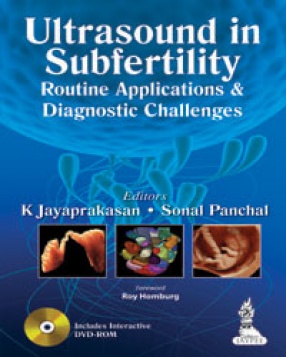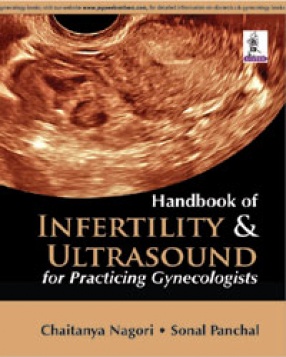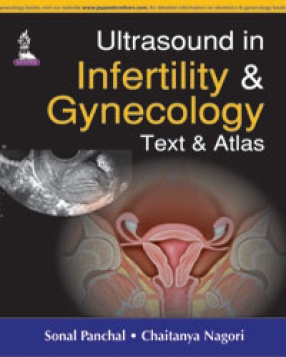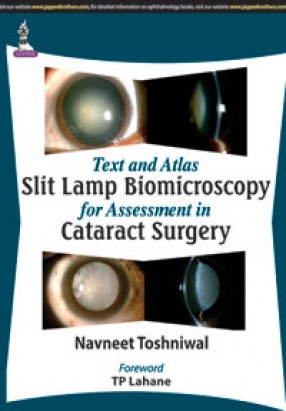Ultrasound is an essential tool in the assessment and management of subfertile couples undergoing fertility treatment. Ultrasound allows a non-invasive, direct assessment of the pelvic organs. A baseline ultrasound assessment of the pelvis in subfertile women is performed to screen for any pelvic pathologies that are known to have a negative effect on fertility and early pregnancy and also to predict ovarian reserve and endometrial receptivity. It is used on a daily basis in all fertility units to monitor the response to treatment during ovulation induction and Assisted Reproduction Treatment and to guide egg collection and embryo transfer in women undergoing IVF treatment. The use of ultrasound has extended to subfertile men also for evaluation of testicular morphology and lower genital tract and for guiding surgical sperm retrieval.
Since the introduction of ultrasound as a medical diagnostic tool in the 1950s, there has been significant progress in the ultrasound technology. Development of high frequency probes and refinements of ultrasound machines and associated softwares have helped to produce high-resolution images and thereby improving diagnostic capabilities. Introduction of 3D ultrasound and automated techniques in the last decade have further improved image qualities and facilitated more objective and reproducible volume measurements. These improved gray scale ultrasound imaging along with Doppler technologies have been incorporated in almost all the fertility units around the world with an overall aim to improve the success of fertility treatments with out compromising safety of subfertile couples. It is essential that all the health professionals involved in the care of subfertile couples are well-versed with pelvic ultrasound and its applications. This textbook is aimed to provide them a practical overview of how both basic and advanced ultrasound techniques can be applied in diagnosis and management of patients presenting to a fertility clinic.









There are no reviews yet.